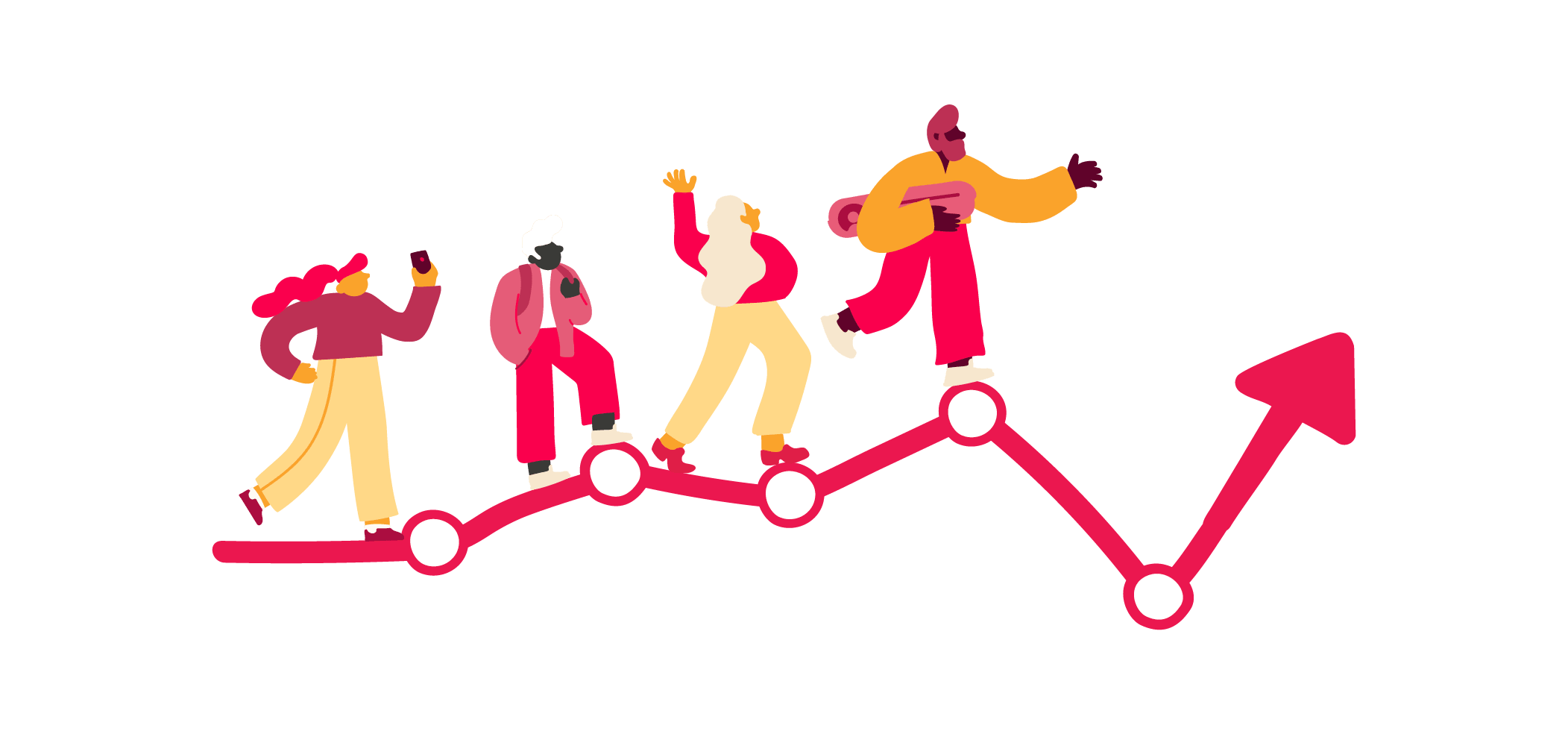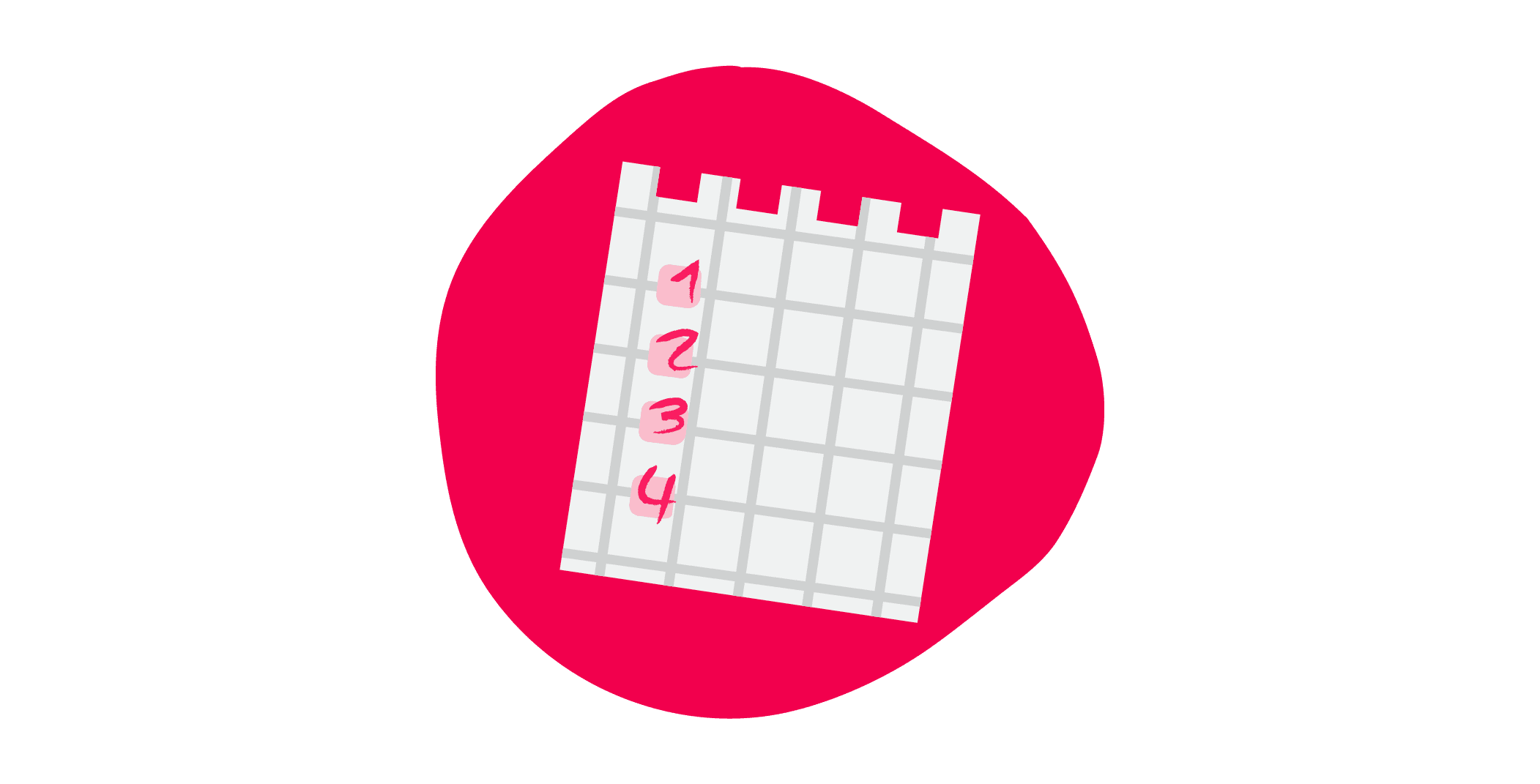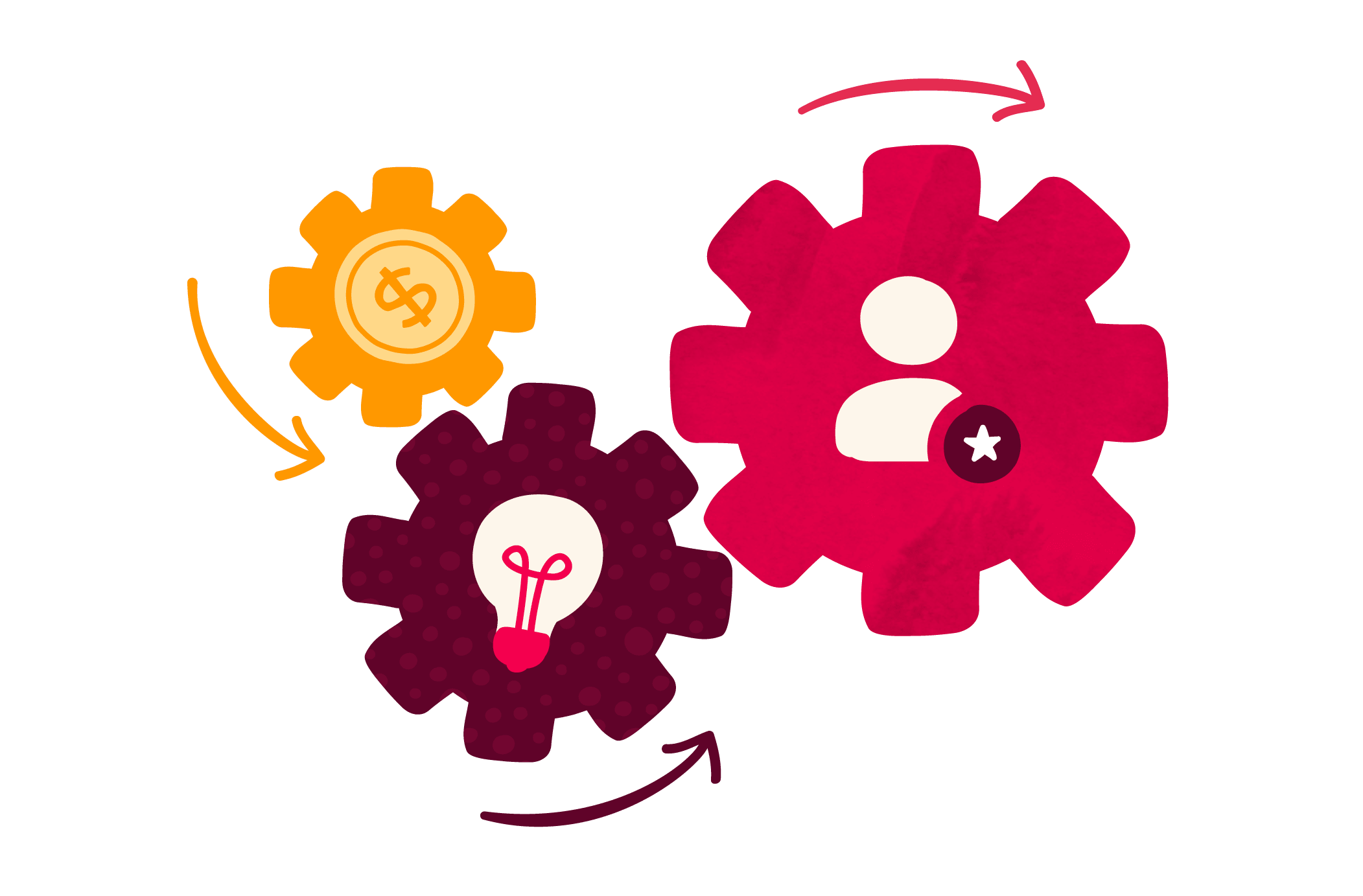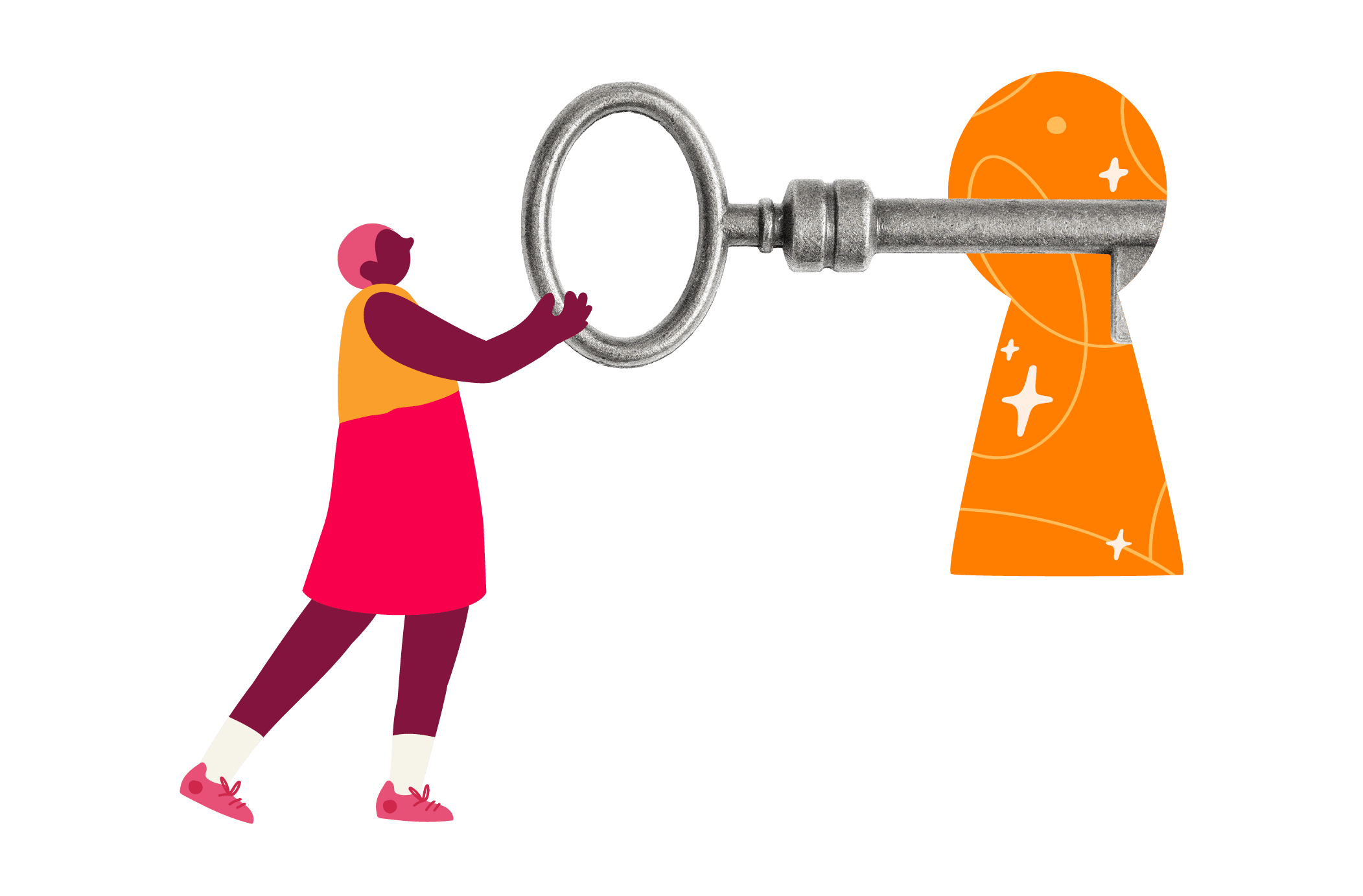Mid-sized companies move fast—and they outgrow legacy tools and structures just as quickly.
As HR, Finance, FP&A, and IT scale side by side, they often do so in silos. Their tools don’t talk to each other. Their workflows clash. Their data lives in disconnected places.
You’ll likely recognize the outcome: Duplicate work, frustrated teams, and slower decisions chip away at morale and performance.
Organizational agility is a superpower for growing organizations—but it only sticks when teams share goals, data, and systems. That alignment doesn’t happen by accident. It takes a unifying strategy backed by technology and communicated effectively.
This guide shows how a cross-functional operating system that breaks down silos and connects HR, Finance, IT, and FP&A on one platform.
You’ll see how a unified stack speeds decision-making, strengthens collaboration, and improves the bottom line while giving leaders a shared source of truth they can rely on.

The cost of organizational misalignment
What does misalignment in this context actually mean?
It’s a sense of disconnection, and it’s not just departmental. It spans four layers:
- Data. Conflicting definitions and orphaned records.
- Process. Broken handoffs and unclear ownership.
- Systems. Overlapping tools and brittle integrations.
- Language. KPIs and terms that mean different things across teams.
When these layers drift apart, teams work hard in different directions, creating extra work and slower decisions.
How it impacts each department
Organizational misalignment manifests differently in each department. Here’s how that looks—and what alignment can help unlock.
- CEO/CFO. When headcount, payroll, and budget numbers don’t reconcile across systems, decisions slow, targets slip, and cash‑flow surprises follow. One view of the truth helps leaders call the play earlier, with fewer last‑minute fixes.
- HR. Disconnected people data breaks the chain—from offer to day one to offboarding. Onboarding stalls, payroll corrections pile up, and managers get frustrated. When the flow connects, HR turns those moments into a seamless experience that earns trust.
- Finance and FP&A. When workforce data sits outside the planning model, teams drown in manual reconciliations and “shadow headcount,” and forecasts drift from reality. Bringing HR into an FP&A way of working means the same drivers power the people plan and the financial plan, making them faster, tighter, and easier to explain.
- IT. Tool sprawl and brittle integrations create redundant licenses and endless tickets. Without a clear owner for employee experience, IT carries discovery and change leadership alone, an unsustainable model that slows progress and burns teams out. Alignment shifts IT’s work from reactive fixes to repeatable service.
- Communications. Inconsistent channels and tool choices undermine adoption and trust. The link between employee experience and communication is well-documented: 91 percent of employees are happier when leadership is transparent, and 58 percent of people would consider leaving due to poor communication, while 91 percent are happier when leadership is open and clear.

What goes wrong when teams don’t sync?
When workflows drift, you and your team can really start to feel it. Here’s how:
- Data fragmentation and misinterpretation. Different systems store similar fields differently (e.g., cost center, FTE status, job level). Dashboards conflict, debates replace decisions, and leaders lose confidence in the truth.
- Slower decision cycles lead to missed goals. When every forecast, board deck, or workforce plan needs a manual data pull and cleanup, cycles slip, and growth targets slip with them.
- Frustration and burnout. People spend more time reconciling data and chasing approvals than solving real problems. This erodes engagement and performance across the board.
What does breaking down silos look like in practice?
Here’s how it works when the connections click.
Onboarding
ATS, HR, IT access, and payroll run in one flow. New hires log in on day one with the right device and permissions, and payroll enrollment runs automatically.
Finance allocates costs accurately, managers see momentum from the start, and HR and Finance move together from headcount approval through benefits and payroll setup.
Payroll
Payroll runs from a single, unified employee record. Changes sync across systems, compliance checks run in the background, and cycles close on time. Finance spends less time chasing variances, and HR clears fewer tickets.

Reporting
HR’s headcount view and Finance’s model reconcile by design. Leaders spend their meeting time on trade‑offs and next steps, not on source debates. Employee experience leadership partners with IT so analytics rollouts land and adoption sticks.
Budgeting
The planning model pulls live people drivers—hiring plans, comp decisions, and workforce moves—directly from HR. Offers align to budget, and FP&A can reforecast without rebuilding spreadsheets.
An HR‑as‑FP&A mindset keeps hiring and spend in sync—in real time.
When systems, language, and goals diverge, work slows and costs rise even as teams put in more effort. The fix isn’t more tools. It’s a unified way of working that connects people, data, and decisions in one flow.
The case for the all-in-one mindset
All‑in‑one is a way of working, not just a bundle of tools.
It starts with a shared organizational mindset and the tech that supports it.
When HR, Finance, IT, and FP&A plan together, work from the same systems, and communicate in unison, teams move in the same direction with less friction and more trust.
Here are a few ways to bring the all-in-one mindset to life:
Unify strategy and comms alongside your stack
A single platform pays off when leaders align on how decisions are made and communicated. Shared channels, consistent rituals, and coordinated change messages cut noise and build confidence.
This way, people know where information lives, who owns it, and what happens next.
Speak one language
Different functions use different terms for the same ideas. Having a shared understanding of HR and Finance terminology is a practical way to align definitions across headcount, FTE, fully loaded cost, merit, and more.
When vocabulary matches, reports match—and debates become decisions.

Create one source of truth for leaders
With people and financial data connected, leaders can see the same numbers at the same time. That shortens time‑to‑decision, reduces last‑minute reconciliations, and keeps forecast, headcount, and payroll in lockstep.
Streamline the employee lifecycle
From hiring to comp planning to workforce changes, connected workflows remove handoff gaps:
- Hiring flows into IT access, payroll, and cost centers automatically
- Compensation cycles run on aligned bands, budgets, and timing
- Workforce changes (e.g., moves, leaves, exits) update models and dashboards without manual rework
So why does all of this matter?
Because mid‑sized companies win on organizational agility.
An all‑in‑one approach gives you the rhythm to act fast without sacrificing accuracy—so HR, Finance, IT, and FP&A can make better calls earlier with the same facts in front of them.
How to make cross-functional alignment real
Turning HR-Finance alignment from a slide into day‑to‑day practice comes down to a few repeatable moves.
Use the playbook below to integrate shared goals, clear handoffs, and connected data into how HR, Finance, IT, and FP&A work week in and week out.
Start with shared goals and metrics
Create a single outcomes dashboard that connects people and performance.
- HR and Finance. Align on headcount vs. FTE, fully loaded cost, hiring velocity, retention, productivity, and budget variance (and use your HR–Finance dictionary to close definition gaps). These touchpoints illustrate why HR and Finance are co-dependent across the entire employee lifecycle, from hiring and onboarding to compensation and offboarding.
- IT. Bring in uptime/SLA, ticket resolution, security incident MTTR, day-one device readiness, and adoption of core tools. Prioritize forecast accuracy, plan‑to‑actual variance, time‑to‑close, and scenario cycle time.
Agree on owners, review cadence, and how changes roll into plans. When everyone measures the same things the same way, decisions speed up and debates cool down.
Build collaboration into the workflow
Don’t rely on ad hoc handoffs. Create a monthly operating rhythm:
- HR, Finance, and FP&A. Monthly headcount and compensation review (variances, approvals, next‑month plan).
- HR and IT. Provisioning and access readiness (devices, accounts, licenses, security).
- Executive team. Quarterly talent and cost outlook (hiring vs. plan, retention risk, margin guardrails).
Use shared dashboards, templated pre‑reads, and a tight agenda to convert meetings into decision-making time, not just status updates. Over time, these rituals improve communication and hard‑wire trust.
Alignment between IT and communications is a good example: When IT selects tools in isolation, communication suffers. Embedding IT into functional workflows supports mutual understanding and significantly improves the employee experience.

Map dependencies across teams
Make overlaps visible by documenting where processes intersect and who owns what:
- Hiring. HR opens requisitions and defines the role, Finance confirms budget and cost center, IT pre‑provisions devices and access, and FP&A updates the forecast. Document triggers for each handoff and set simple SLAs so the chain never stalls. This alignment is critical: Finance sets hiring budgets, but HR ensures they’re realistic for attracting the right candidates.
- Onboarding. HR starts the workflow, IT activates accounts and ships the device, Payroll completes enrollment, Finance assigns the cost center, and Comms shares the day‑one plan. Use a “ready for day one” checklist and track time‑to‑first‑task to keep quality high.
- Comp cycles. HR sets guidelines and eligibility, Finance sets the envelope, FP&A models quarterly impact, and IT automates eligibility and approvals. It’s a shared rhythm: HR brings market data and equity considerations while Finance ensures affordability. Publish one calendar and one merit workbook so managers across departments are aligned.
- Workforce changes. HR records moves and leaves, Payroll and Finance update costs and GL mapping, FP&A reforecasts, IT adjusts or revokes access, and Comms explains the “why” and what happens next. Close the loop with a standard post‑change review and audit trail. Without employee experience leadership, IT is often left managing change on its own, which drains resources and slows down organizational agility.
Make data interoperability non‑negotiable
Integrate the HR platform, ATS, payroll, ERP, planning, and IT service tools. Standardize key fields like job level, cost center, location, and employee status—and align inclusion rules (active, on leave, pending).
Automate syncs, log discrepancies, and resolve them on a weekly basis. Interoperability turns “collect, fix, resend” into “connect, trust, decide.”
AI-driven intranets can empower interoperability. By pulling data from multiple systems and delivering it in one personalized experience, they help teams avoid fragmentation and make decisions faster.
The same principle applies to Finance and HR: Adopting an HR version of FP&A depends on reliable, connected data across systems. Without interoperability, rolling forecasts and scenario planning fall apart.
Co‑ownership matters
HR and Finance are co-dependent across the entire employee lifecycle—hiring, onboarding, compensation, and offboarding. When companies don’t champion employee experience, IT is left to carry discovery and change leadership alone—an unsustainable burden that slows transformation.
Cross‑functional alignment distributes the load and makes it sustainable.
Why Finance and FP&A need HR at the table
The relationship between Finance and HR is make-or-break—from budget-setting to comp strategies.
Finance owns the models, HR owns the truths that make them accurate.
When hiring timelines, ramp curves, compensation bands, and attrition risk are built into planning upfront, FP&A shifts from constant reconciliation to confident forecasting.
In fact, HR teams that adopt an “HR version” of FP&A—complete with workforce planning, budgeting, and forecasting—become far more effective at aligning people decisions with business goals.
The lesson? Departments work best together when they treat each other as co‑planners, and budgeting, comp cycles, and workforce scenarios move faster with fewer surprises.
Hiring plans that match financial models
Start with one hiring view that HR, Finance, and FP&A all trust.
HR brings role reality—time to fill, ramp curves, and offer ranges. Finance and FP&A bring budget envelopes, runway, and margin targets.
Agree on shared assumptions for start dates, ramp to productivity, and fully loaded cost, then track variance together in a monthly cadence. When the plan and the model use the same drivers, hiring lands on time, and the model reflects how hiring actually happens.
Finance may set hiring budgets, but without HR’s data on realistic time-to-fill and market salary ranges, those budgets often fall short. Only by syncing both inputs can companies avoid stalled hiring or blown budgets.
Compensation planning that balances market and cost
HR is responsible for benchmarking, salary bands, and pay equity. Finance owns the cash and budget view. FP&A pressure tests scenarios across quarters and payout windows to protect your margin.
Co‑design guidelines by performance tier, geography, and role scarcity, model equity versus cash trade‑offs, and publish one merit workbook with a companion scenario pack.
The result is competitive offers and raises without surprise spend.
A shared rhythm between departments ensures compensation is competitive and cost-controlled. Without coordination, HR may recommend raises to match market rates that Finance cannot sustain, or Finance may enforce cuts that damage retention.
Workforce forecasting from real‑time people data
HR supplies live headcount, attrition risk, internal mobility, and pipeline confidence. FP&A translates these drivers into quarterly forecasts and on‑demand scenarios.
Set a rolling reforecast rhythm and a shared data contract—fields, inclusion rules, and refresh frequency—so changes in people data flow straight into the plan.
This approach makes forecasts more accurate and agile. As Farhan Saif notes, applying FP&A discipline to HR elevates its role to a true strategic partner, moving beyond administration into data-driven decision-making.

More accurate and agile FP&A
When live headcount, hiring velocity, ramp curves, and attrition risk flow from HR into the planning model, FP&A can reforecast faster, run what‑if analyses on demand, and identify leading indicators earlier.
Sync by agreeing on a shared data contract—fields, inclusion rules, and refresh frequency—and by running a rolling reforecast cadence.
Finance keeps guardrails, HR provides drivers, and IT maintains the data pipes.
The main takeaway here is that HR and FP&A should treat each other as partners in planning, not downstream inputs. HR teams that apply FP&A discipline—rolling forecasts, scenario planning, and shared performance metrics—move from reactive to proactive. To quote Farhan Saif again, this shift “elevates HR from an administrative function to a strategic business partner.”
Why IT belongs in HR strategy (and vice versa)
Technology shapes the employee experience every day, from the laptop people switch on every morning to the payroll software through which they’re paid at the end of the month.
When these devices and systems fail, access lags, or comms tools don’t fit the work, productivity and trust both suffer.
The solution is to involve IT in people decisions early and HR in tool selection and change management.
Design your strategy around moments that matter
- Day-one readiness. Treat day one like a product launch. Assign devices, provision accounts, and set permissions before the first login. Track device readiness rates and time‑to‑first‑task to spot friction and fix it fast.
- Access to performance insights. Give teams direct, reliable access to the dashboards they rely on—content, sales, support—without tickets or shadow tools. Assign owners, set access rules, and refresh data on an automated schedule so people can trust and use it in the flow of work.
- Communication that fits the work. Choose channels with your Comms team and HR, not for them. Match message to medium and moment: Share policy changes in an all‑company channel with acknowledgment, drop quick updates in team spaces, post deeper context in an async doc. Less noise means more clarity.
When IT chooses communication tools without consulting HR and Communications teams, it often leads to poor adoption and frustrated team members. Embedding IT as a partner avoids this breakdown and improves the employee experience.
A step‑by‑step roadmap to unification
How do you put all of this into practice?
Here are four steps that small and mid-sized companies can take today to build a robust, unified ecosystem across their teams.

Step 1: Map the now
Begin with a short discovery sprint across HR, IT, Finance, and FP&A.
Run a series of focused 90-minute sessions. In each, surface every tool in play: what it does, who owns it, how it connects, when it syncs, and where the data sits. Then, walk through three full journeys: new hire to day one, the merit cycle, and offboarding. Time every step.
Note where work stalls, whether it’s a missing cost center or a laptop that arrives late. Build a simple system map and a companion table covering system, owner, purpose, connections, sync frequency, key fields, and pain points. End with a clear picture of today and a prioritized fix list.
Step 2: Spot the gaps and duplications
Lay the map on the table and look for overlap and manual work.
Decide which tools to drop, consolidate, or integrate. Standardize definitions that create friction (e.g., headcount; FTE; TBH; active and on leave), and codify them in a one‑page data dictionary everyone can use.
Translate findings into a 90‑day backlog with named owners and plain acceptance criteria, like “device ready 24 hours before start” or “align headcount reports within two percent.”
Start with quick wins, and move bigger changes into short pilots with clear success measures.
Step 3: Set the joint vision
With the gaps named, write the operating model for how you’ll work together.
Agree on the shared metrics and targets, single sources of truth for each data type, and the rules of the road. For example, no out‑of‑band changes after a forecast freeze.
Define governance with a simple RACI, a predictable meeting schedule, and explicit decision rights. Set success criteria such as forecast variance, time to approve merit, and day‑one provisioning time.
Publish the model, set up a shared dashboard, and make both visible to managers and leaders.
Step 4: Centralize core processes
Choose one flow to wire end-to-end.
Connect hiring, compensation, payroll, and planning to the ERP and IT service tool with a standard field set, e.g., employee ID, status, employment type, department, cost center, job level, location, manager ID, and compensation band.
Automate the handoffs so a new‑hire event triggers device provisioning, account creation, payroll enrollment, and cost center assignment without tickets.
Add leadership dashboards for headcount, plan vs. model, attrition, and spend. Measure the baseline, run the pilot, document the lift, then scale to the next flow.

Recommended For Further Reading
Unify your teams to unlock organizational agility
Siloed systems just don’t work in the modern workplace.
They cause slow decisions, drive up costs, and frustrate teams—right when agility matters most.
A unified way of working changes that.
Shared goals, a common language, and connected systems turn scattered effort into coordinated progress. If you put HR, Finance, IT, and FP&A at the same table and give them the same numbers, they’ll move faster together.

Key takeaways: Drive organizational agility across HR, finance, IT, and FP&A
- Organizational agility starts with alignment. When HR, finance, IT, and FP&A share data, goals, and systems, companies can make faster, smarter decisions that drive performance and resilience.
- Disconnected tools cost you time and trust. Siloed systems slow decision-making, increase frustration, and create duplicate work that erodes productivity across departments.
- Unified systems strengthen collaboration. Integrating people data with financial and operational metrics creates one source of truth that aligns leaders and reduces conflict.
- HR and finance thrive as co-planners. Shared forecasting, compensation, and workforce planning models turn HR from a downstream service into a strategic partner driving financial agility.
- IT and HR share the employee experience. When IT includes HR and communications in tool selection and rollout, employees enjoy smoother onboarding, better access, and stronger engagement.
- Data interoperability fuels agility. Standardizing definitions and syncing systems weekly replaces manual data cleanup with a connected, trusted decision engine.
- All-in-one isn’t a tech choice—it’s a mindset. True organizational agility depends on cultural and operational alignment as much as integrated technology.
- Mid-sized companies win by moving first. Adopting a unified operating model today builds scalable, people-first processes that adapt as your organization grows.

